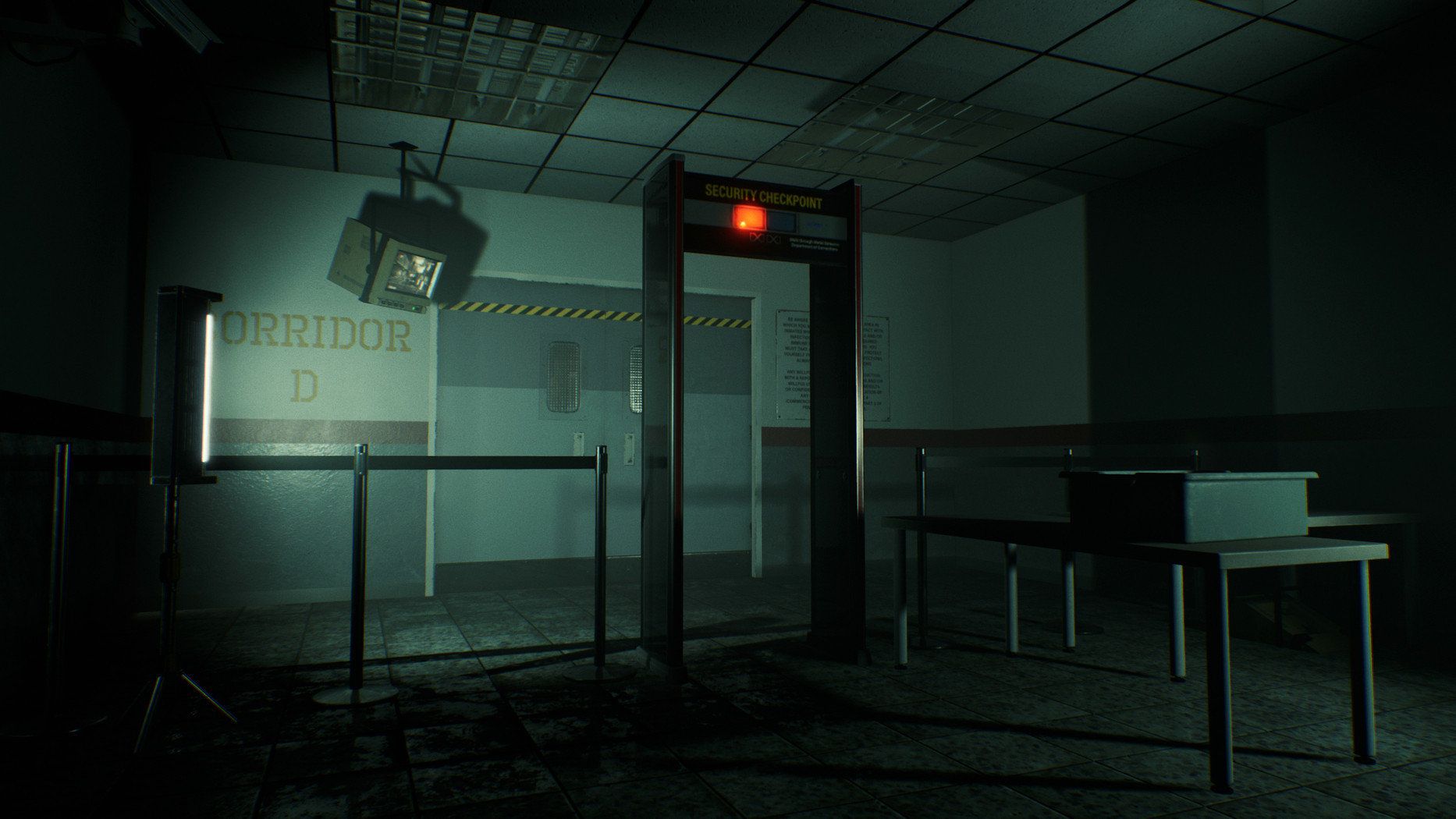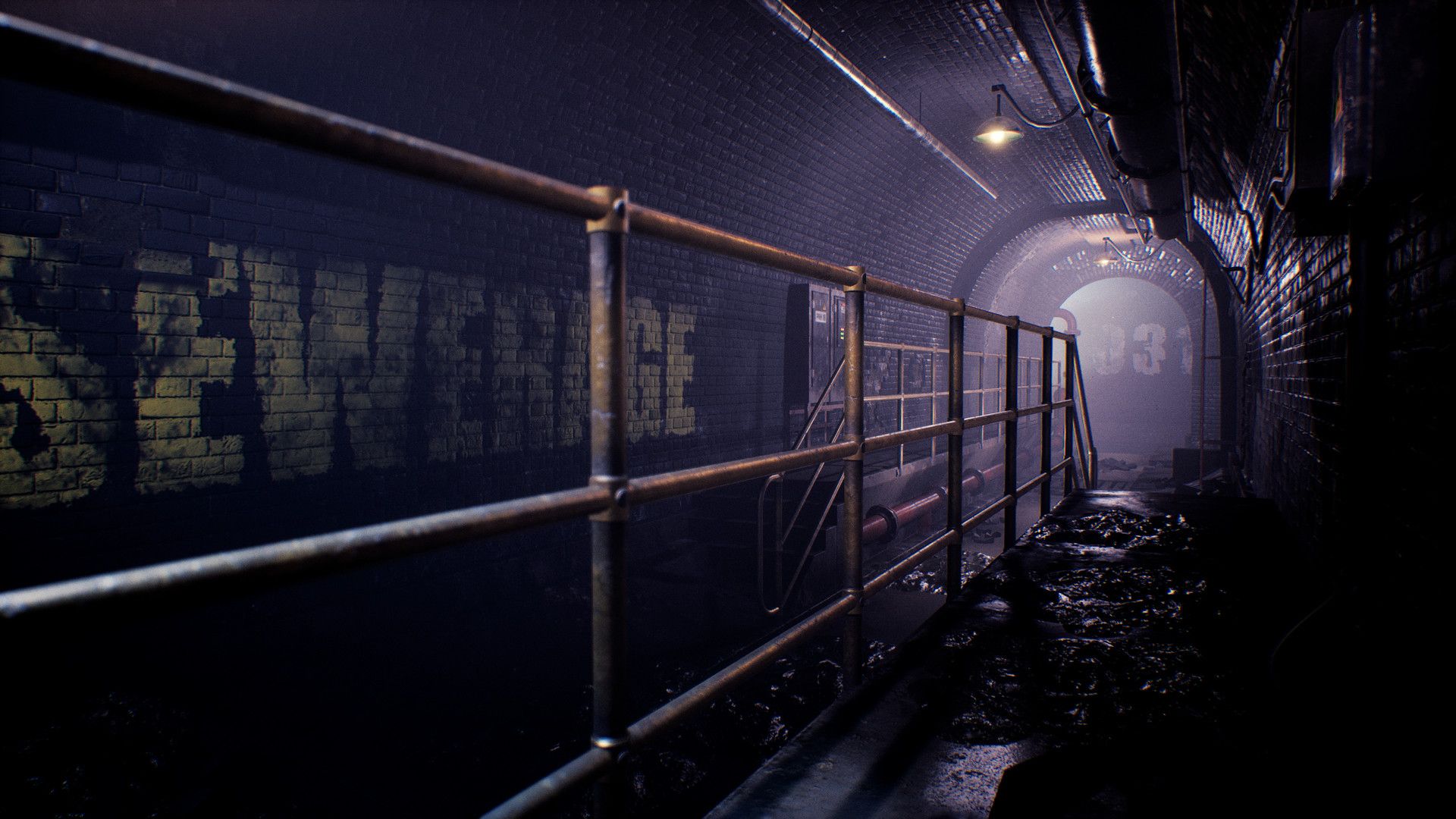The death of Adobe Flash in 2020 ushered-in the dawn of a new internet era and sounded the true and final end of the old. All the old, flash-based websites that were all the rage in the early '00s are now well and truly things of the past, and outside of a few dedicated preservation projects, so are all the flash-based games that so many of us whiled away so many hours upon. Well, at least one flash game genre, the escape room, has gotten a new lease on life via the DYING series. What’s more the next entry, Dying 1983, does quite a bit to remind one of why those old flash-based escape games were so popular in the modern internet’s early days.
Dying 1983 differentiates itself from past games in the series by abandoning the level-based system. Instead of solving a scene and then selecting a new one, each area is interconnected. This means players can enjoy actually enjoy exploring the puzzle and trap-laden spaces instead of constantly being ripped out of the experience. The scenario for this one seems to be that the player has been either been captured or lured into the lair of SAW-like killer. What’s more the series’ trademark monster, the “FishHead,” is back on the prowl too. What exactly the connection is between this place, the killer and the monster is unknown at the moment, so it’s probably safe to guess that it’s one of the main mysteries players will be tasked with solving.
At Tokyo Game Show 2021, there was an opportunity to play Dying 1983 for about thirty minutes, and it was surprising just how fast that time went considering the slow, methodic nature of this sort of game. The demo featured two rooms: one with a rigged door and one with a deadly walk-through metal detector. In both cases, interacting with those objects meant an instant game over, so it only took one time to learn that particular lesson. Solving each room involved a mix of careful observation, collecting items, combining items Resident Evil style, collecting blue files and then reviewing them via the menu for extra clues. In this way, the solution to the room and the tools needed to execute it were slowly revealed.
Surprisingly, the experience wound up being engrossing rather than frustrating and the prospect of solving another room right after was actually rather exciting despite the first one requiring twenty minutes of exploring and examining in order to solve it. The next room went faster and featured new puzzles involving both sound and memorization, so it felt like a different animal from the first. All along the way, little tidbits of info about the “FishHead” and strange coins bearing her likeness came forth, and it was easy to get caught up in thoughts about what was going on. Unfortunately, the demo ended with those two rooms and no more was learned. It was fun nonetheless, however, and hopefully indicates a good overall experience. As for how long that experience could last, the presenter estimated somewhere in the twelve to fifteen hour range.
Dying 1983, and indeed its series predecessors, seem like the modern successors to those old browser-based escape games. The setup is the same, but players are presented with more than just one or two isolated rooms with no context. Rather, a lot of the mystery and background one wishes had been present in those old games is now here in Dying. There’s a reason for the trap rooms. There’s a purpose for the player character’s presence, and there’s possibly some interesting supernatural goings-on afoot too. So long as it comes at an appropriate price, Dying 1983 might just be a lock for all puzzle fans rather than just nostalgic escape game enthusiasts.
Dying 1983 is currently set to release for PlayStation 5 and Xbox Series X|S in 2021. It will also be coming to PC and last-gen platforms eventually, but no release window has been announced as of yet.



